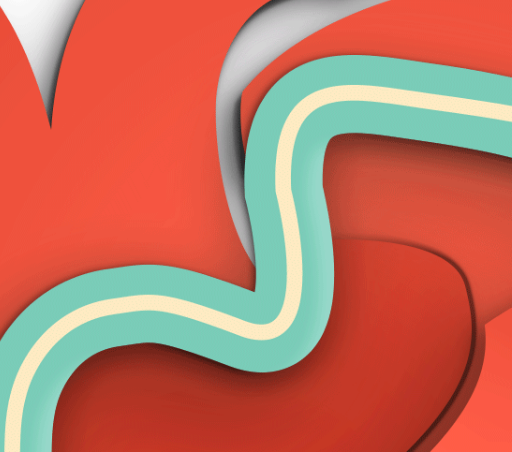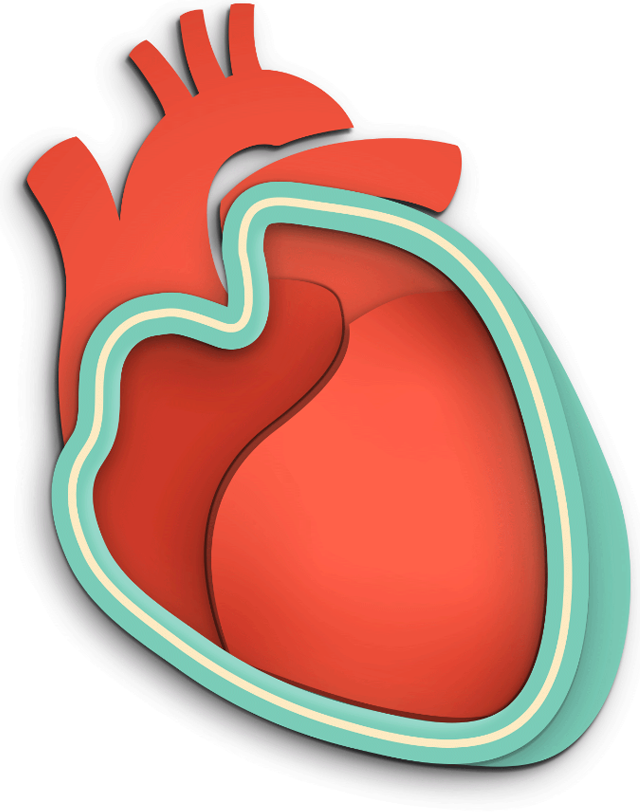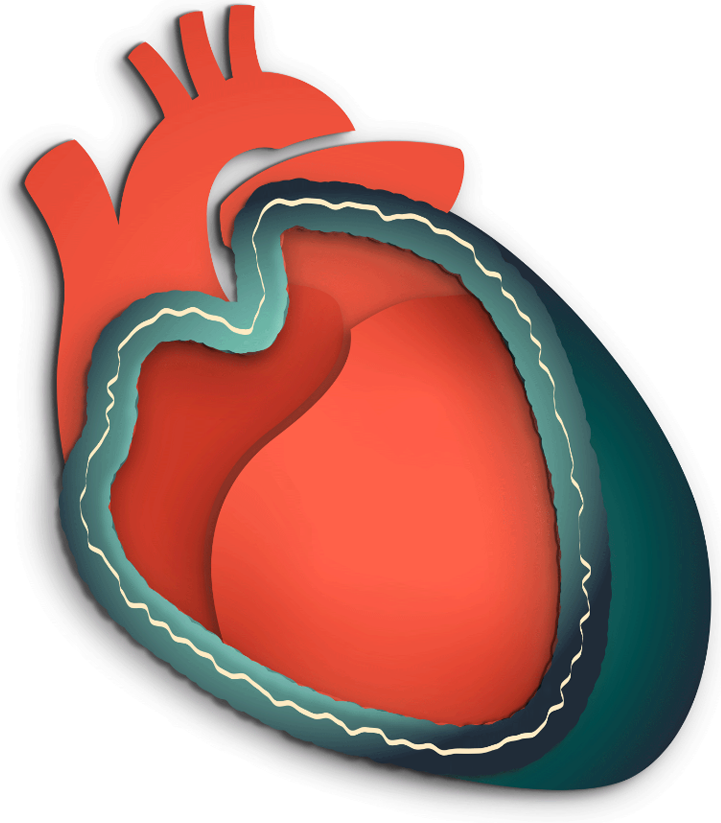Pericardial cell damage causes the release of IL-1α.
WHAT IS PERICARDITIS?
The pericardium is a thin membrane that surrounds the heart like a sac. It provides lubrication for the heart, contains it within the chest cavity, and shields it from infection and other types of harm.
Pericarditis is a condition in which that lining becomes inflamed. The pain that occurs during a pericarditis episode is caused by the irritated layers of the pericardium rubbing against each other.



Types of Pericarditis
Pericarditis may occur as a one-time episode or it may recur. When pericarditis recurs more than 4 weeks after the first flare, it is called recurrent pericarditis.
A first or one-time episode of pericarditis is different from recurrent pericarditis in not only the number of times it occurs, but also what causes it and how it is treated.

Did you know?
Episodes of pericarditis are commonly referred to as “flares.”
FIRST OR ONE-TIME EPISODE OF PERICARDITIS
Causes of a one-time episode include:
WHAT IS RECURRENT PERICARDITIS?
Just like it sounds, recurrent pericarditis is when a pericarditis flare happens again.
The cause of recurrent pericarditis is different from a first or one-time episode of pericarditis. Recurrent pericarditis is an autoinflammatory disease, meaning the flares are caused by the immune system attacking the pericardium, with each attack causing inflammation that leads to more immune system response and more inflammation in an ongoing cycle. Recurrent pericarditis is a chronic condition that may last for years.
The Cycle of Autoinflammation IN RECURRENT PERICARDITIS
1
2
IL-1α binds to macrophages (immune cells) causing the release of IL-1β.
3
IL-1 signals the immune system to send immune cells to the pericardium.
4
Additional cell damage causes the cycle of autoinflammation to continue.
SYMPTOMS OF PERICARDITIS AND RECURRENT PERICARDITIS
Even though first or one-time episodes and recurrent pericarditis are different, the symptoms are the same.

Main symptom: chest pain that feels worse when breathing in or lying down
Back, neck, or shoulder pain
Low-grade fever
Cough
Overall sense of weakness and fatigue
Shortness of breath when lying down
Anxiety
Heart palpitations
Swelling in the abdomen, legs, or feet

